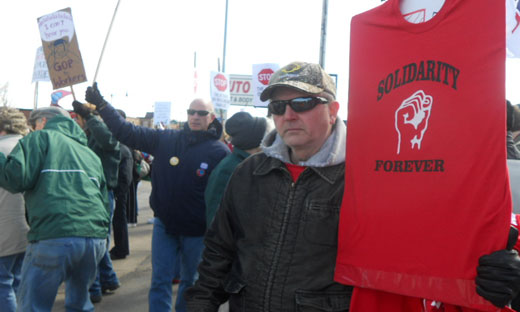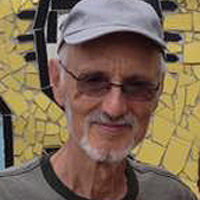
It was a rare occasion for the U.S. left. Several socialist organizations came together last week to discuss how to better unite the left.
On June 5, the Committees of Correspondence for Democracy and Socialism (CCDS), the Communist Party USA (CPUSA), Democratic Socialists of America (DSA), and Freedom Road Socialists (FRSO) hosted “The future of the Left – A Conversation on Socialist Unity” (video) to a full house at SEIU 1199 United Healthcare Workers East union hall in New York City.
Mark Solomon, a member of CCDS, opened the panel discussion by presenting the arguments of his recent article “Whither the Socialist Left? Thinking the ‘Unthinkable'” Solomon called for an realignment of the left around a new organization and suggested that groups like the organizations participating in the panel could perhaps form its core, clarifying that it was be “an absolutely inclusive project.” Emphasizing the important role of the left in making social change, Solomon lamented the weakness of today’s left in the face of the immense challenges and needs.
Solomon argued that “the structural crisis of world capitalism, [which] reflects an economic crisis, an environmental crisis, a crisis of work” makes the project of uniting the left a particularly urgent one.
The four organizations represented on the panel have worked together in the course of the past several years in the peace, labor, youth, racial equality and other movements and recently began discussions on how to enhance left unity between the groups and more broadly. That dialogue sparked Solomon’s article, which in turn helped generate the inspiration for the panel discussion.
The panel of respondents all agreed that unity is necessary but raised various issues and challenges to a left unity process.
Libero Della Piana of the Communist Party reminded everyone that, “Left unity should always be the outcome of the struggle, not its goal… There have been many attempts over the decades to forge “unity of the left” – a new group or alliance or merger – some more successful than others. Rarely do these attempts on their own represent a major shift in the actual capacity of the left or the balance of political forces.”
He continued, “It should go without saying that left unity cannot distract us from the current democratic and class struggles… A bigger, broader movement more engaged in the struggles will create the conditions for a vibrant left of greater size and scope.”
Eric Odell speaking for FRSO said, “If different forces coming together fail to engage constructively around the differences, it will find that the unity it has established will be built on sand and will collapse.”
“How do we expand?” asked Maria Svart, National Director of DSA. “We need to build a movement that is democratic; it needs to be rooted in American realities; it needs to learn from American movements e.g., civil rights, the feminist movement. We need to take power seriously and not be satisfied being a thoroughly marginalized movement.”
She concluded, “We are asking people to invest tremendous time and effort to build a movement for a longer term. We must work with the social forces within capitalism to change the system.”
One of the respondents, Bhaskar Sunkara, founder of Jacobin Magazine, argued that the style of much of the organized left to deliberate endlessly and have modest initiatives is a turnoff to many young activists. “We should take some of the spirit of Occupy Wall Street, where there was a fierce sense of urgency,” he said. As to the prospects for a new united left, he added, “This time around might be different.”
Photo: Flickr (CC)












Comments